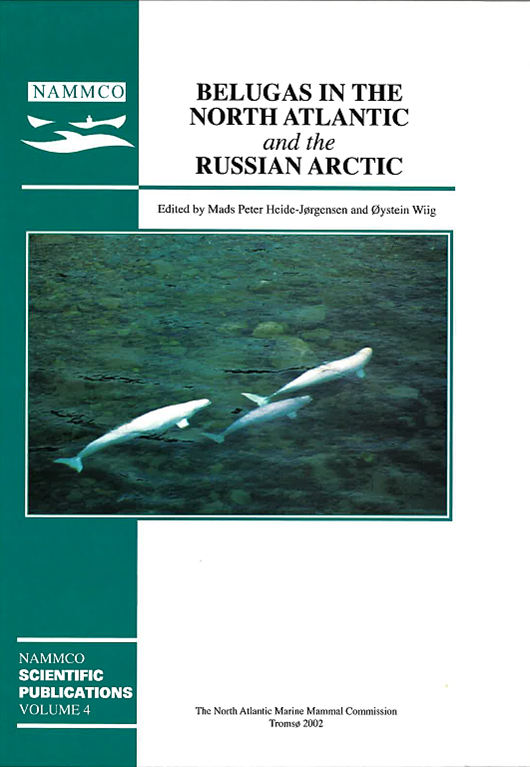Status of the belugas of the St Lawrence estuary, Canada
DOI:
https://doi.org/10.7557/3.2847Keywords:
belugas, Delphinapterus leucas, St Lawrence estuary, mortalityAbstract
A population of belugas (Delphinapterus leucas) inhabiting the estuary of the St Lawrence river in Quebec, Canada, was depleted by unregulated hunting, not closed until 1979. Surveys in 1977 showed only a few hundred in the population. Surveys since then have produced increasing estimates of population indices. An estimate of the population, fully corrected for diving animals, was 1,238 (SE 119) in September 1997. The population was estimated to have increased from 1988 through 1997 by 31.4 belugas/yr (SE 13.1). Observations of population age structure, as well as data on age at death obtained from beach-cast carcasses, do not indicate serious problems at the population level, although there are indications that mortality of the oldest animals may be elevated. Few animals appear to live much over 30 years. From examination of beach-cast carcasses, it appears that most deaths are due to old age and disease; hunting is illegal, ship strikes and entrapments in fishing gear are rare, ice entrapments and predation are unknown. Among beach-cast carcasses recovered and necropsied, about 23% of the adults have malignant cancers, while most of the juveniles have pneumonia; other pathological conditions are diverse. No factors are known to be limiting numbers of this population. Habitat quality factors, including persistent contaminants, boat traffic and harassment, may affect the population’s rate of increase, but these effects have not been quantitatively evaluated. Comprehensive legislation exists with powers to protect the population and the environment of which it is a component, but application and enforcement of the laws is not without problems.





